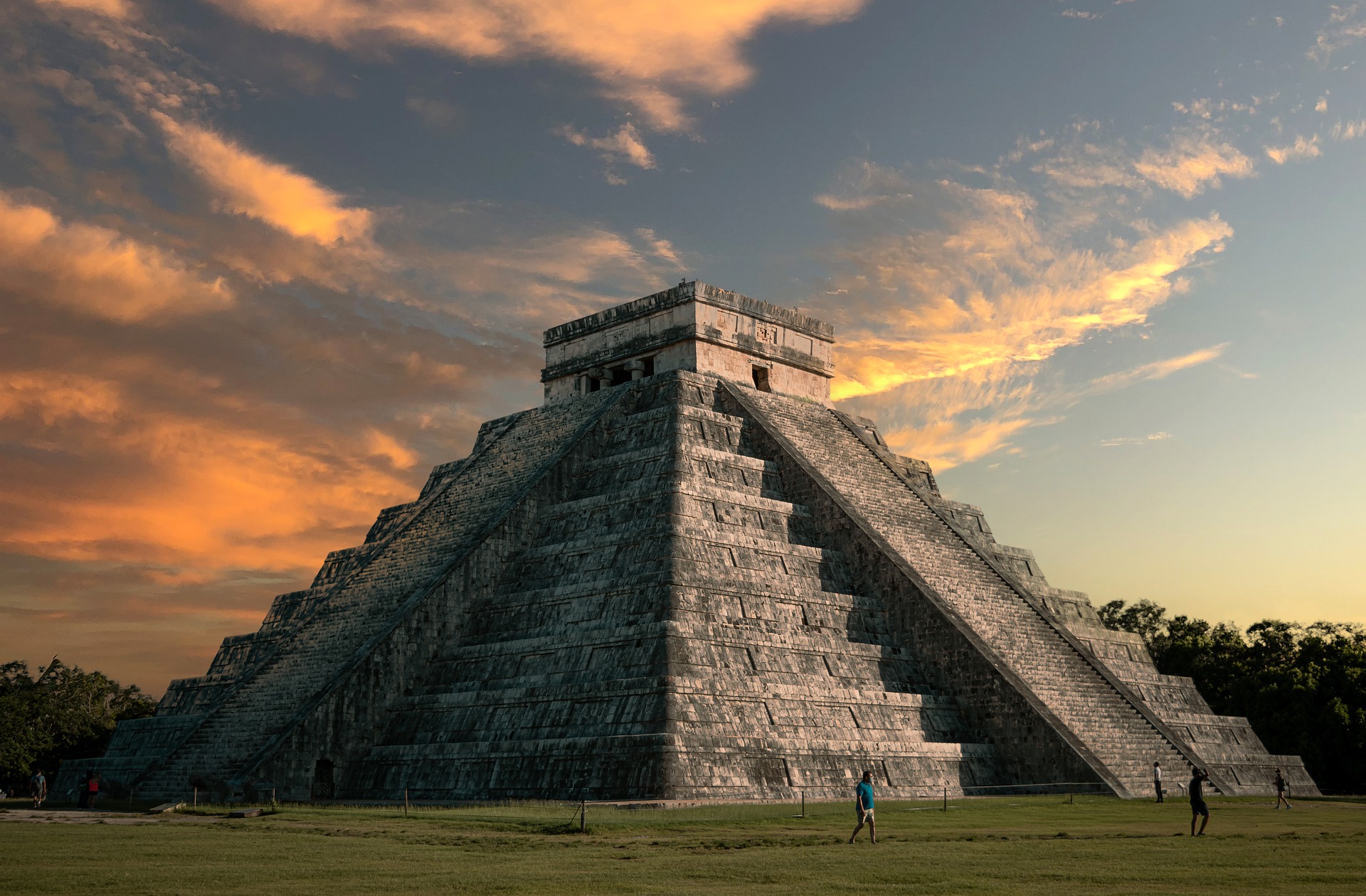Maya Angelou’s poignant metaphor of the “uncaged bird” resonates deeply within the context of Bahá’í teachings, embodying themes of freedom, resilience, and the undying spirit of humanity. This exploration not only aligns with Bahá’í principles but poses an intriguing question: How can the metaphor of an uncaged bird inspire an individual’s spiritual journey within the framework of Bahá’í beliefs?
The Bahá’í faith emphasizes the inherent nobility and potential of every human being. In this light, the uncaged bird symbolizes the liberation of the human spirit from societal constraints and prejudices. Angelou’s verses invigorate the notion that true freedom encompasses much more than the absence of physical restraints; it necessitates the emancipation of the mind and spirit. Hence, the Bahá’í belief that humanity is on a path toward unity and collective advancement challenges each individual to transcend their limitations.
Imagery plays a significant role in Angelou’s work, and the visual of a bird soaring through the sky encapsulates aspirations towards higher pursuits. Here, one is invited to ponder the distinction between being physically free and the profound psychological or spiritual liberation that Bahá’í teachings endorse. A soul confined by ignorance, fear, or oppression may appear free in a conventional sense, yet remains shackled environmentally. This duality calls forth a vital challenge: Are we truly free if our minds remain imprisoned by dogmas, stereotypes, and bias?
The Bahá’í principle of individual investigation of truth further enriches this discourse. Each individual is urged to explore spiritual realities personally, much like the bird exploring the vastness of its surroundings. This personalization of faith cultivates authenticity; it empowers individuals to break from the proverbial cages of inherited belief systems. Hence, rather than adhering blindly to inherited social constructs, the individual is called to reflect, seek, and ultimately discover their own inner truth.
Maya Angelou’s narrative of the uncaged bird also aligns with the Bahá’í Teachings regarding the importance of unity in diversity. In Angelou’s depiction, the bird sings a song that speaks not just of its own struggles but also resonates with others, urging us to embrace our shared humanity. The Bahá’í concept of oneness inspires individuals to transcend their differences and recognize the collective plight of humanity. This collective consciousness expands the narrative of freedom, incorporating the realization that the liberation of one furthers the liberation of all.
In contemplating the interconnectedness of all souls, another challenge emerges: how does one foster community while nurturing individual expression? The Bahá’í teachings advocate for harmonious coexistence, balancing personal freedom with social responsibility. Thus, the unfurling wings of the uncaged bird symbolize an ideal where each individual contributes uniquely to the larger community, creating a tapestry woven with diverse perspectives. The song of the bird becomes a metaphor for collaborative endeavors, heralding the importance of unity in diversity.
Moreover, the theme of resilience permeates both Angelou’s writings and Bahá’í teachings. The uncaged bird’s tenacity in singing despite adversity parallels the Bahá’í call to cultivate endurance in the face of challenges. Life’s trials may result in moments of despair, akin to the bird’s struggles within a storm. Nevertheless, the Bahá’í framework posits that through perseverance and faith in the divine, individuals can emerge stronger, equipped not just to navigate their personal tumult but also to support others in their journeys toward freedom.
A crucial component of this resilience is the cultivation of a strong foundation in spirituality, which the Bahá’í faith accentuates through the practice of reflection and prayer. Engaging in these spiritual exercises resembles the bird’s frequent pauses in its flight—moments of stillness that serve to recharge and recalibrate. During these reflective practices, individuals are encouraged to engage with their thoughts, emotions, and aspirations, fostering clarity and fortitude.
Thus, as one ventures further along the spiritual pathway illuminated by Bahá’í principles, the uncaged bird emerges as a constant reminder of the aspirational journey toward unfettered spiritual growth. Are we continuing this legacy of freedom and resilience, or do we find ourselves caught in the cage of complacency? This contemplative query serves as a challenge to judiciously assess one’s spiritual state and potential.
In conclusion, Maya Angelou’s “Song of the Uncaged Bird” intertwines seamlessly with the core tenets of Bahá’í teachings, inviting deep introspection on freedom, unity, and resilience. The metaphor serves not only to celebrate the potential of the human spirit but also to challenge individuals to strive for personal and collective liberation. As we navigate our journeys, may we heed the call of the uncaged bird, soaring toward greater truths and possibilities in the ever-expanding realm of the spirit.
